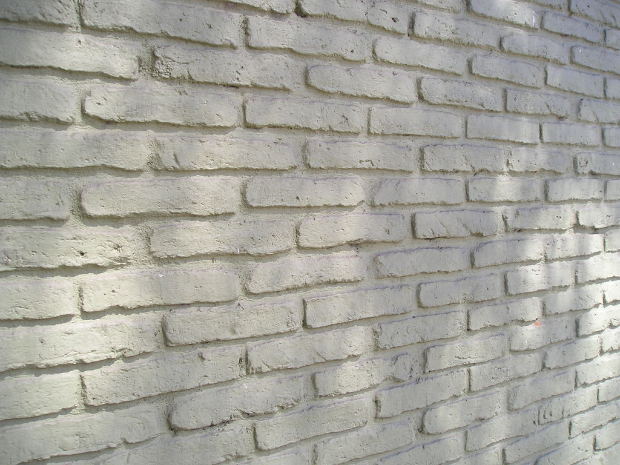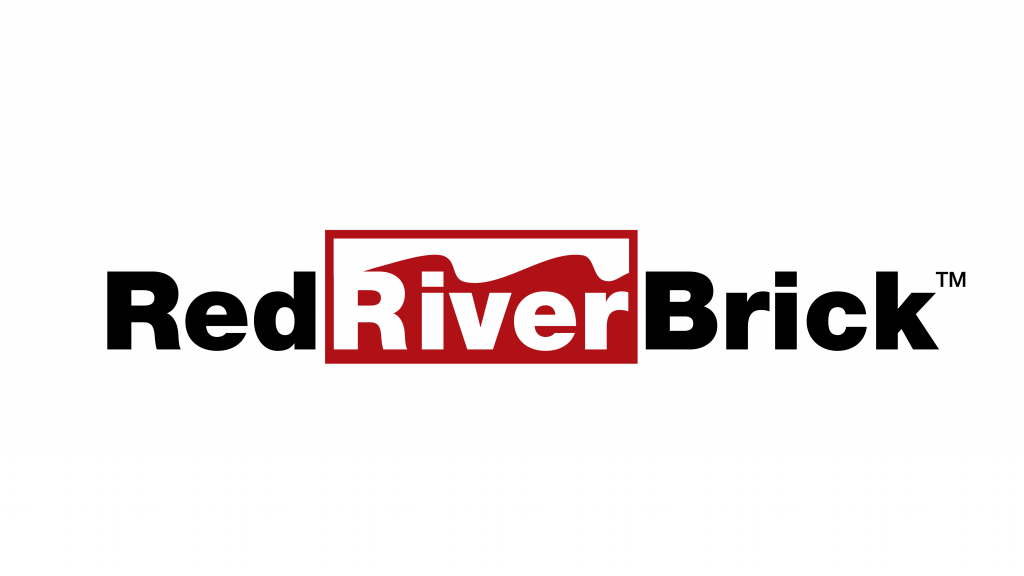 Brick is a tried-and-true material, offering texture, character and color to walls. There are three primary options for interior walls: painted, distressed or natural. Let’s look at each type so you can make an informed decision that’s right for your home’s style.
Brick is a tried-and-true material, offering texture, character and color to walls. There are three primary options for interior walls: painted, distressed or natural. Let’s look at each type so you can make an informed decision that’s right for your home’s style.
Painted Brick
With the right preparation, products, and expertise, an old brick wall or fireplace can look more modern, fresh, and appealing when painted. However, once painted, it’s almost impossible to go back to the original brick surface because brick is porous and some paint will always remain in the nooks and crannies of the surface.
Once you decide to paint brick, preparing the surface is key because it’s vitally important to repair cracks and defects and to remove surface dirt, mold, mildew, and soot. Once that process is complete and the surface has dried completely, painting interior brick is relatively easy and paint can be applied with a roller or paintbrush. Just keep in mind that you’ll need at least twice the amount of paint as for a typical wall surface. Maintenance of the paint is important – if you paint the brick a light color you’ll need to clean it regularly as it will show more dirt.
Distressed Brick
Distressed brick is quite common in older homes, but it is a wonderful way to make any home feel “lived in” and add character. After thoroughly cleaning the brick, apply acrylic primer to the brick and then acrylic paint once the primer is dry. It’s perfectly acceptable to apply more coats of paint to achieve the color that you want; remember that much of the color will come off as part of the process of distressing.
Now comes the fun part – rub fine-grade sandpaper on the brick, removing a small amount of paint at a time. Vary the depth and speed of the sanding for an authentic look. Steel wool can also be used, though it gives a more rustic look. Finally, apply paint stripper or turpentine to the brick in random areas — don’t be too exact with this step. Depending on how long you leave the product on, more or less paint will be removed, exposing the brick underneath.
Natural
Natural brick is the easiest option because once installed, little to no maintenance is required other than cleaning to remove soot and dirt. Begin by removing dust with a dust rag or vacuum. Warm water is sufficient to treat moderately soiled brick, while heavier soils may require a deeper clean. Interior walls can be cleaned with a solution of vinegar and water using a thick rag or brush. Use an old toothbrush to scrub mortar. Follow up by applying a neutralizing mixture of 2 ounces baking soda dissolved in a gallon of water. It is critical to rinse bricks following cleaning to remove any residue.








